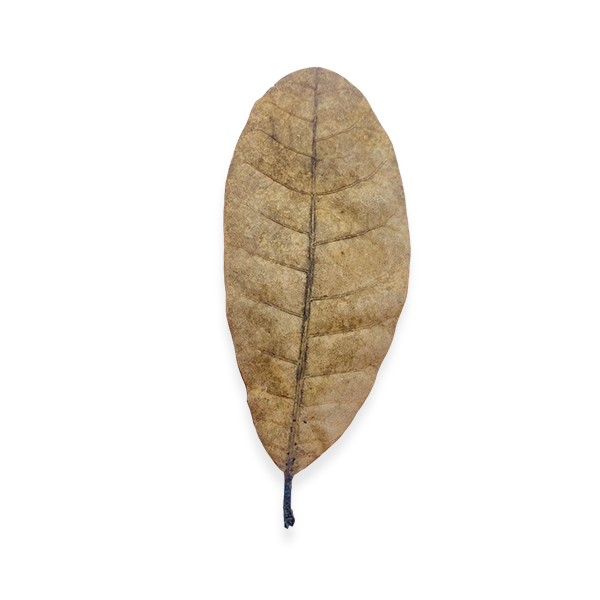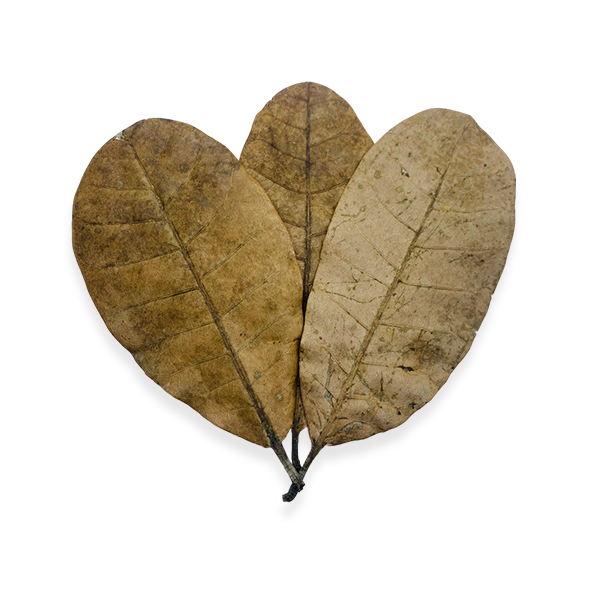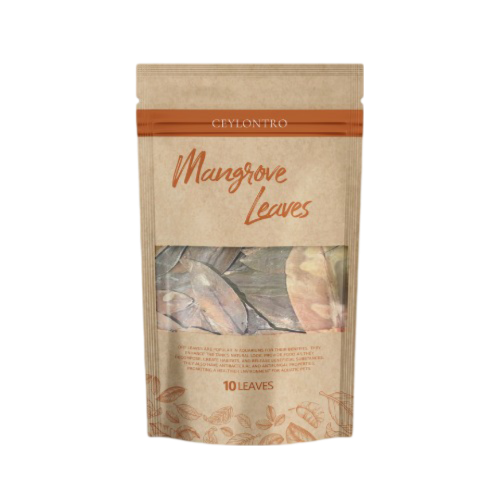





Scientific Name: Anacardium occidentale
Using Cashew leaves in your aquarium can stabilize and maintain pH levels, provide essential nutrients and food supplements through their slow decay, and enhance habitat conditions for bottom-dwelling species by adding natural hiding spots and materials. They also produce tannins that darken the water, closely mimicking the natural environment of many fish species. Overall, leaves contribute to a more natural aquatic environment, making them ideal for bettas, shrimps, crayfish, snails, crabs, and catfish.



Using Cashew leaves in your aquarium can stabilize and maintain pH levels, provide essential nutrients and food supplements through their slow decay, and enhance habitat conditions for bottom-dwelling species by adding natural hiding spots and materials. They also produce tannins that darken the water, closely mimicking the natural environment of many fish species. Overall, leaves contribute to a more natural aquatic environment, making them ideal for bettas, shrimps, crayfish, snails, crabs, and catfish.
“Harvested from our own plantations, hand-picked, cleaned, dried, treated, and packed with care.”
Weight
Dimensions
Size range
Water type
Packing
Botanical location
“Harvested from our own plantations, hand-picked, cleaned, dried, treated, and packed with care.”
Weight
Dimentoins
Size range
Water type
Packing
Botanical location
“Excellence in Aquascaping: Meticulously Sourced Products for Beautiful, Healthy Aquariums at Every Skill Level.”
Enhance your space with our premium natural aquarium and terrarium products, beautifully crafted to bring the serene beauty of nature into your home.
Copyright © 2024 All Rights Reserved.
Below is a comprehensive table detailing our shipping rates for various countries and weight categories. These rates are designed to provide transparent and competitive pricing for all our customers. Note that the rates listed are inclusive of the fuel surcharge and are subject to the terms and conditions outlined above.
Above 70 Kgs – Below Rate to be Multiplied by the Number of Kg’s
Belly pods, from the Aegle marmelos tree, are used in aquariums to release beneficial compounds, similar to Indian almond leaves. They are beneficial for fish such as bettas, angelfish, discus, and tetras, providing natural antibacterial properties and creating a healthy aquatic environment.

Indian almond leaves (catappa leaves) and jackfruit leaves are beneficial for betta fish in aquariums. Indian almond leaves release tannins with antibacterial and antifungal properties, helping to maintain water quality, lower pH levels naturally, and reduce stress. Jackfruit leaves also release tannins, conditioning water and creating a natural environment that supports betta fish health and well-being.